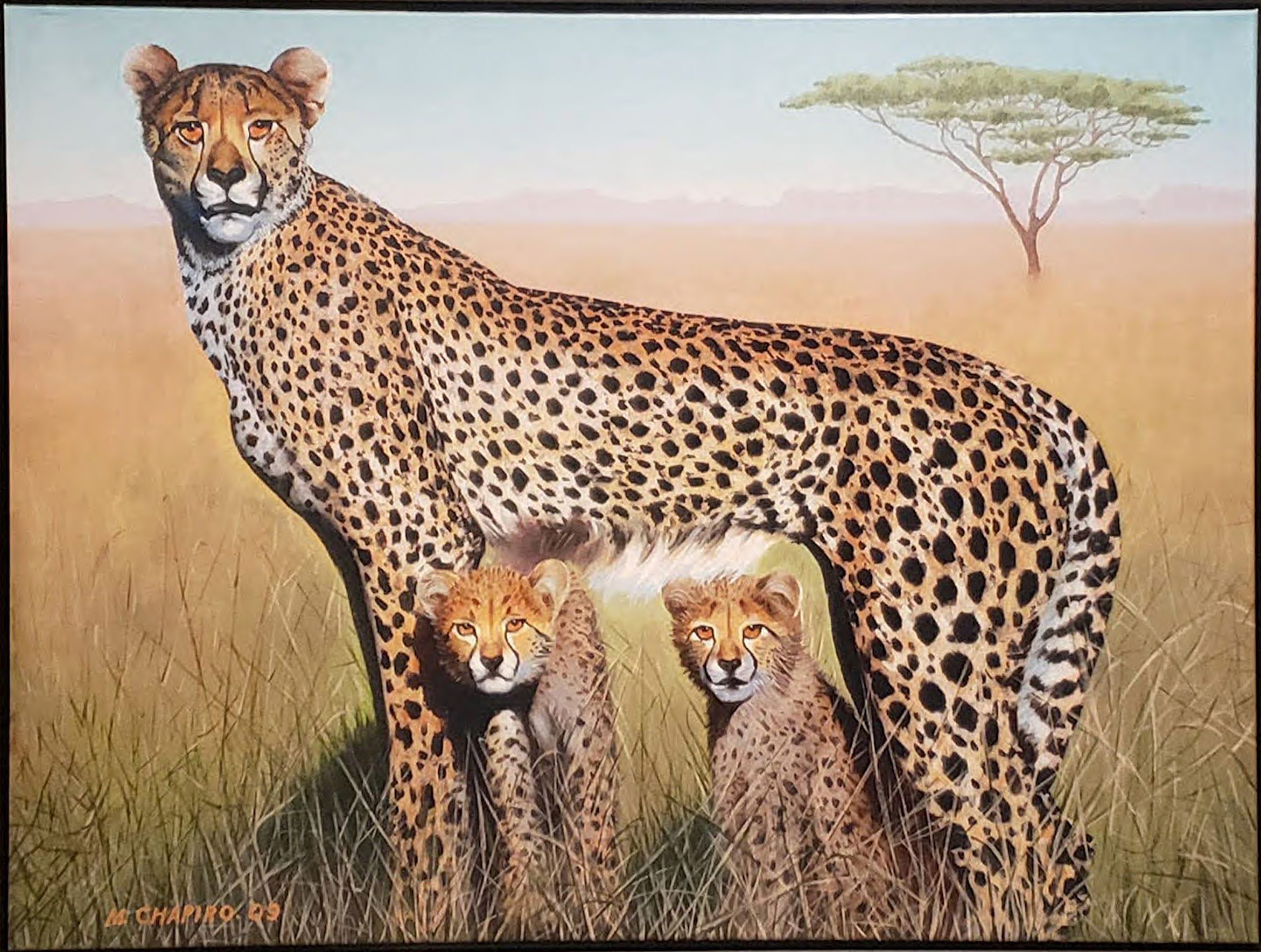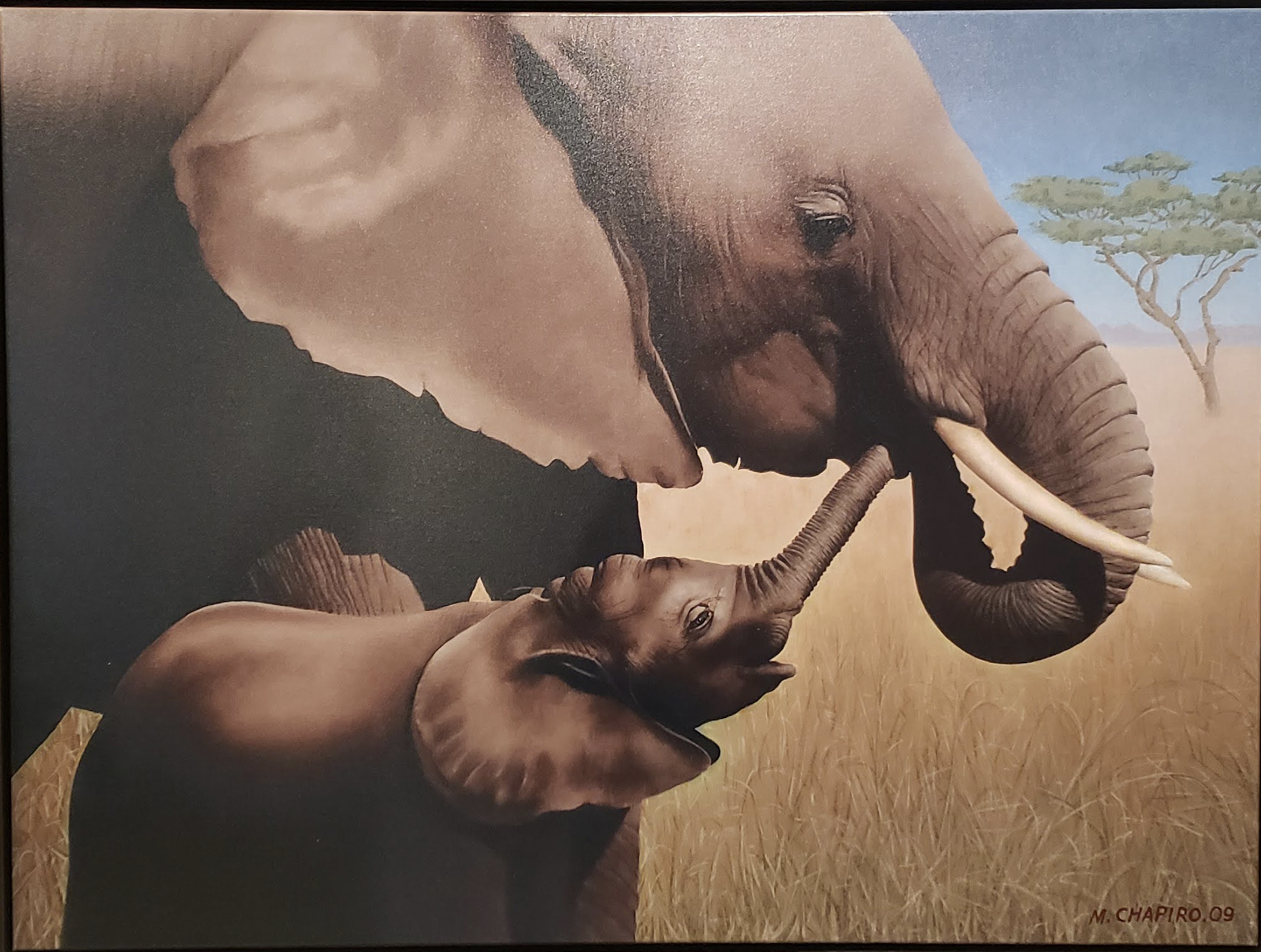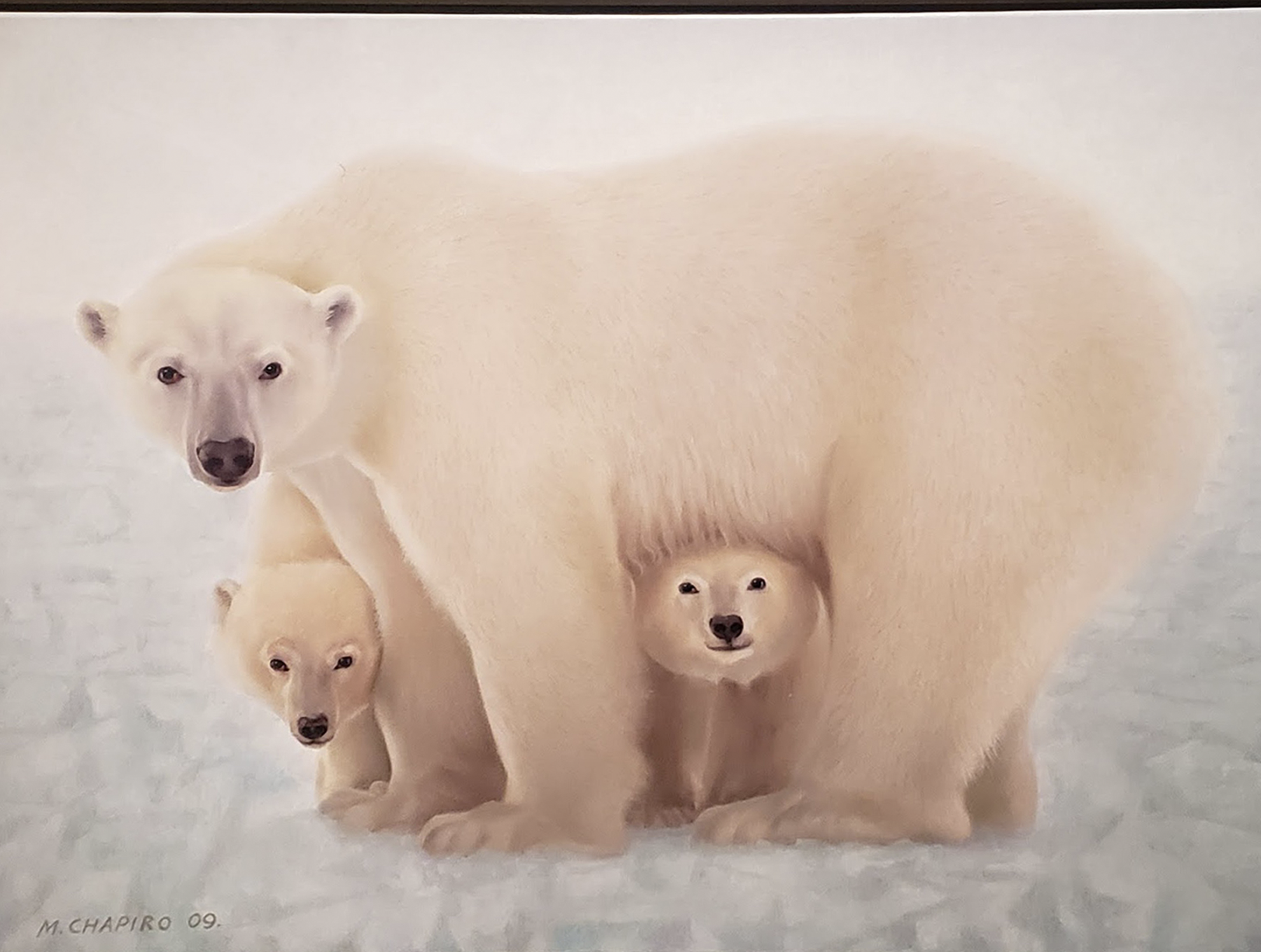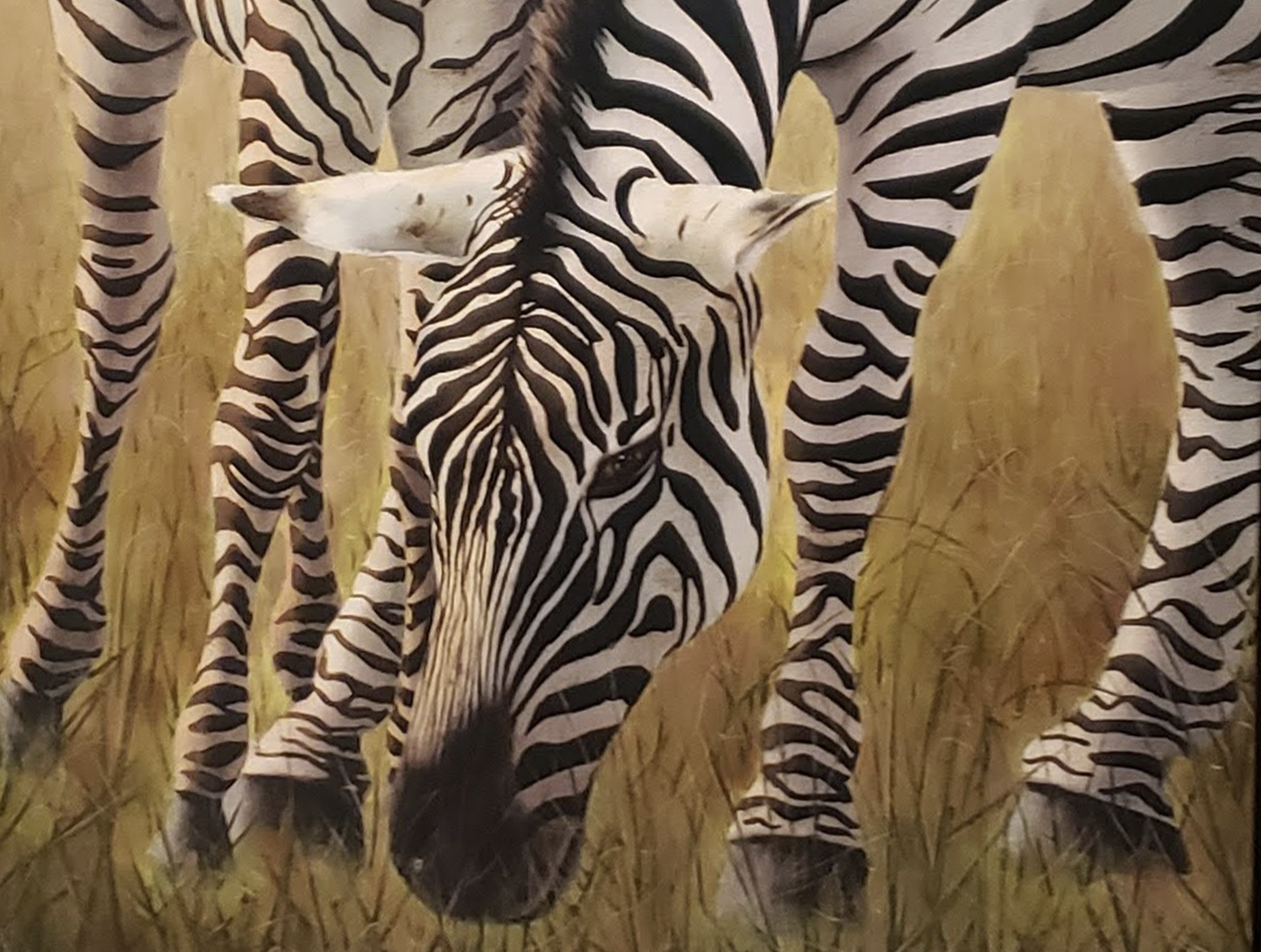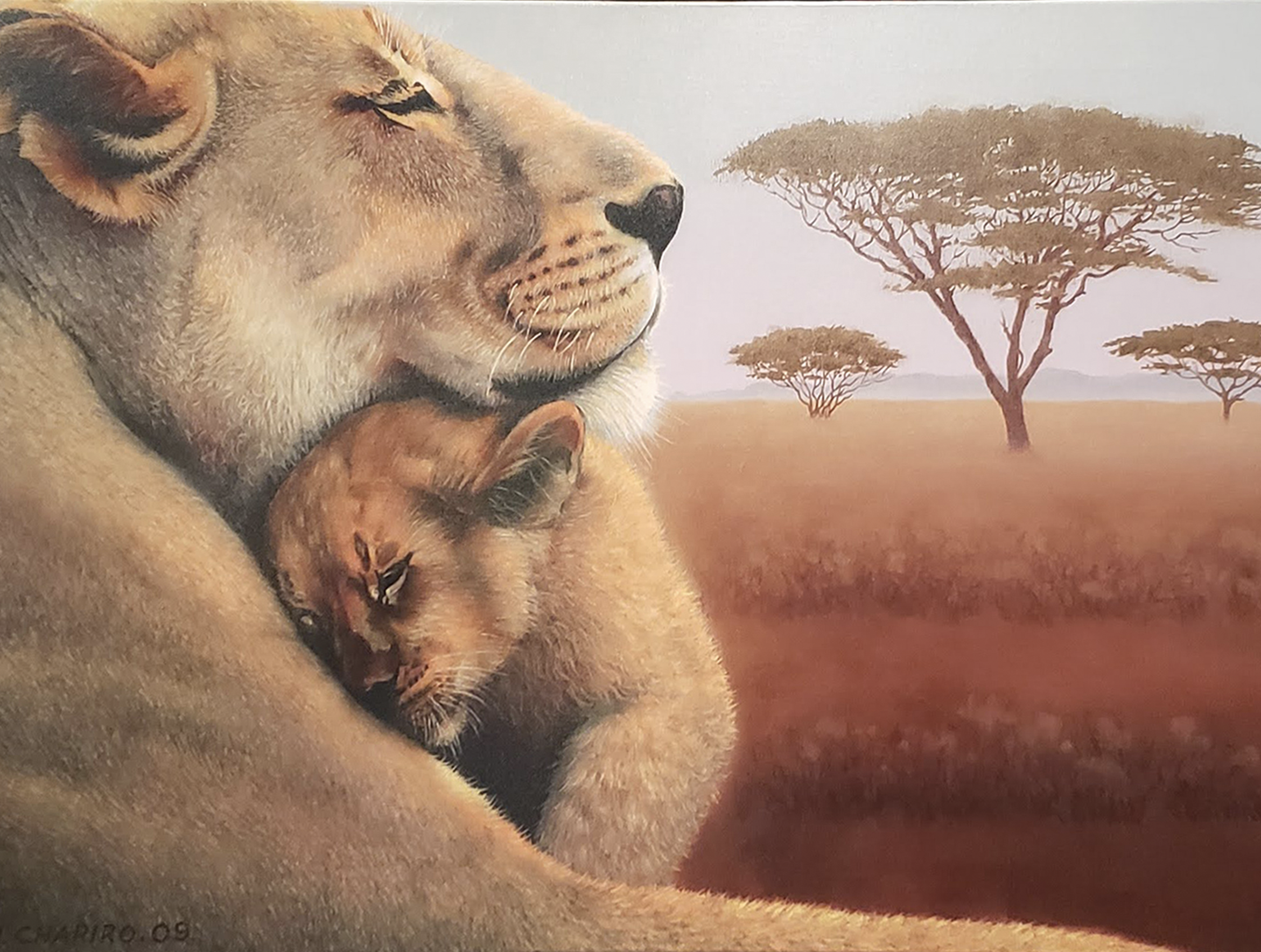Michael Chapiro
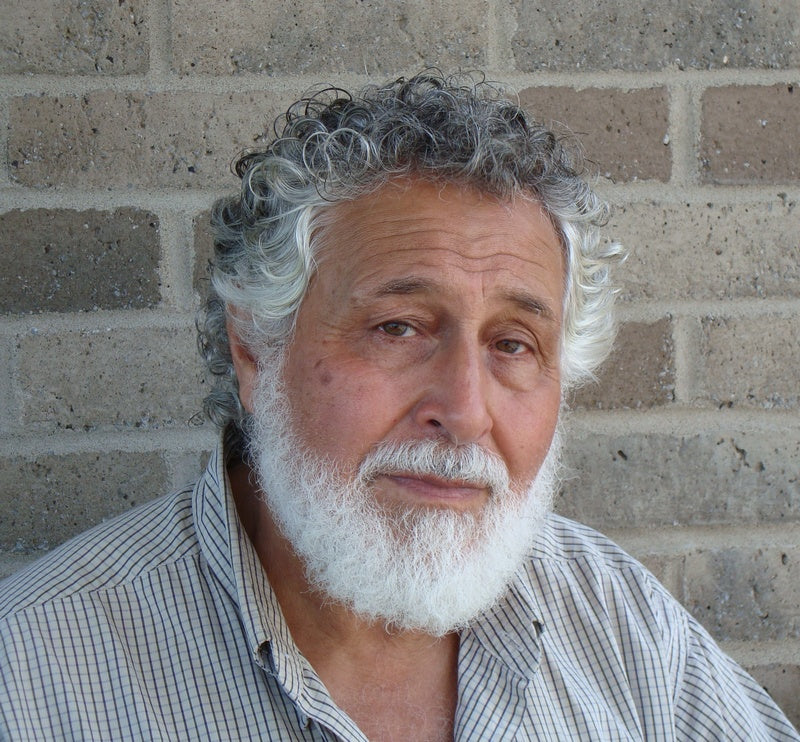
Early Life and Education
Chapiro was born in 1955 in the Soviet Union, where he spent his early years surrounded by a cultural and artistic environment that would greatly influence his future work. Growing up in a country with a rich artistic history, Chapiro was exposed to the arts from a young age. He went on to study at the prestigious Moscow State Art Institute, where he honed his skills in painting and sculpture. His early education provided him with a solid foundation in traditional techniques, but it was his innate creativity and exploration of unconventional subjects that set him apart from his peers.
Early Career and Artistic Development
After graduating, Chapiro began his career as a professional artist, working primarily in the field of painting. His early works were marked by a distinctive approach that blended realism with abstraction, creating a unique visual language. Chapiro’s work focused on the human figure, as well as on themes of identity and the exploration of the self. He quickly gained recognition in the Soviet art scene for his powerful and evocative style. As a young artist, he began exhibiting his work in local galleries, where it was met with both acclaim and intrigue. His works were often experimental, exploring the intersection of Soviet life and the complex emotions of the individual within it.
Artistic Style and Themes
Chapiro’s work is characterized by its deep emotional resonance and exploration of human form and psychology. He is known for his ability to capture both the external and internal worlds of his subjects, often employing a rich color palette and abstract forms to convey deeper meanings. His paintings and sculptures frequently explore themes of existentialism, identity, and the human condition. Influenced by both Western modernist movements and Soviet realism, Chapiro developed a style that blends the personal with the universal, often focusing on the struggles of the human spirit in a rapidly changing world. His art delves into the complexities of life under Soviet rule, reflecting the tension between individuality and societal constraints.
International Recognition and Success
Chapiro’s talent and innovative approach to art eventually led to international recognition. His works began to appear in exhibitions across Europe and the United States, where they were well-received by critics and collectors alike. By the 1980s, Chapiro’s influence had expanded beyond the Soviet Union, and he was invited to showcase his art at major international galleries. His participation in global art fairs and exhibitions helped establish him as a significant figure in the art world, bridging the gap between Eastern and Western artistic traditions.
Later Career and Artistic Legacy
As the political climate in the Soviet Union shifted, Chapiro’s work evolved to reflect the changes in Russian society. His later pieces incorporate more abstract forms, exploring not only the personal turmoil of living through political transitions but also the universal aspects of human experience. Despite the challenges posed by his early life under Soviet rule, Chapiro’s work continued to flourish in the post-Soviet era, reflecting both the artist’s growth and his country’s transformation. His legacy includes an extensive body of work that spans decades, with paintings, sculptures, and drawings that capture the essence of the human spirit and its struggle for freedom and expression.
Influence and Legacy
Chapiro’s influence on contemporary Russian art is profound, with his works continuing to inspire new generations of artists. His ability to merge the personal with the political, and his exploration of the human psyche, has made him a key figure in the evolution of Russian modernism. Chapiro’s works are held in major private collections and public institutions around the world, ensuring that his unique vision continues to resonate with audiences globally. Today, he is regarded as one of the most important artists to emerge from the Soviet period, leaving behind a powerful and enduring legacy in the art world.
